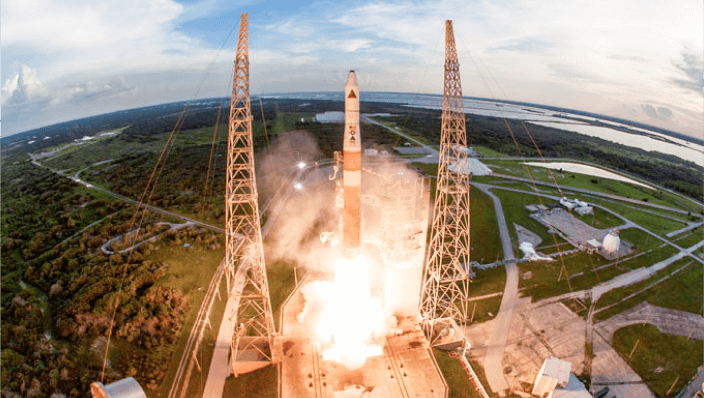Countering Mobile Missiles: Holding the Entire Launch Cycle at Risk
Kemp notes that theater ballistic missiles (TBMs) operated by both near peer powers, such as China and Russia, and regional…
Kemp notes that theater ballistic missiles (TBMs) operated by both near peer powers, such as China and Russia, and regional…
The United States Air Force today is operating a fighter aircraft inventory on the brink of disaster. Most of the service’s…
The U.S. Air Force’s fighter aviation force is too old and too small to meet the national security challenges facing…
Allied F-35s operating around the world stand as the most recognized symbols of the United States’ effort to strengthen modern…
ARLINGTON, VA | February 27, 2019 — The Mitchell Institute for Aerospace Studies is pleased to announce the newest installment…
Bingham, a former Air Force fighter pilot, doctrine writer, and prolific airpower historian, takes a close look at airpower’s role…

Empowering actors at all levels with a smart set of options at the right time and place demands procuring the most effective, efficient, and resilient set of tools.

Resource investment must prioritize investments that will yield best value for the Air Force, Space Force, and national security establishment as a whole.

Strategic deterrence is the bedrock of the national security enterprise thanks to the virtues and value of the triad.

National security space activities are essential facets of any military operation, while also creating conditions essential for the civilian economy.

Meeting national security requirements today and tomorrow requires insightful, creative approaches that prioritize America’s strengths, while not projecting undue vulnerability.